Screen Time Effects: Eye Redness & Strain Explained
Screen Time Eye Strain Calculator
Your Eye Strain Risk Assessment
Effective Strategies
20-20-20 Rule
Every 20 minutes, look at something 20 feet away for 20 seconds.
Free EasyBlue Light Filters
Use software or glasses to reduce blue light exposure.
£30-120 SimpleArtificial Tears
Replenish tear film to reduce friction and dryness.
£5-15 EasyIf you're worried about screen time eye strain, you're not alone. Millions of people stare at screens all day, and the toll on their eyes is becoming a hot topic. Below you’ll discover why screens make your eyes red and sore, how to tell if it’s serious, and simple habits that can keep your vision comfortable.
What "screen time" Really Means
Screen time is the amount of time you spend looking at digital displays such as smartphones, tablets, computers, and televisions. Prolonged exposure influences visual health, posture, and even sleep patterns. The modern workplace, remote learning, and endless scrolling make it easy to rack up hours without noticing a break.
Digital Eye Strain: The Science Behind Redness
Digital eye strain, also called computer vision syndrome, describes a cluster of symptoms that appear after lengthy screen use. Typical signs include blurry vision, soreness, headache, and especially eye redness. The redness happens because the tiny blood vessels at the edge of the eye (conjunctival vessels) dilate in response to irritation and dryness.
Key Mechanisms That Cause Redness and Strain
- Reduced blink rate: While reading text on a screen, people blink ⅔ as often as they do when looking at a physical page. Blink rate drops from roughly 15 blinks per minute to 7-8, leaving the tear film exposed.
- Blue light exposure: Screens emit short‑wavelength blue light, which can scatter more inside the eye, reducing contrast and potentially irritating the retina.
- Dry eye buildup: The tear film evaporates faster when you stare at a screen, leading to dry eye. An uneven tear film creates friction on the ocular surface, making the eye look red.
- Improper ergonomics: Screens that are too high, too low, or too close force the eye muscles to work harder, causing strain that radiates to the temples and forehead.
Who Is Most at Risk?
Age matters. Children under 12 have less developed accommodation (focusing) ability, while adults over 40 start to lose elastic lens flexibility, making prolonged focusing even tougher. Office workers, gamers, and remote‑learning students often exceed the recommended 2‑hour continuous screen limit, putting them in the high‑risk bracket.
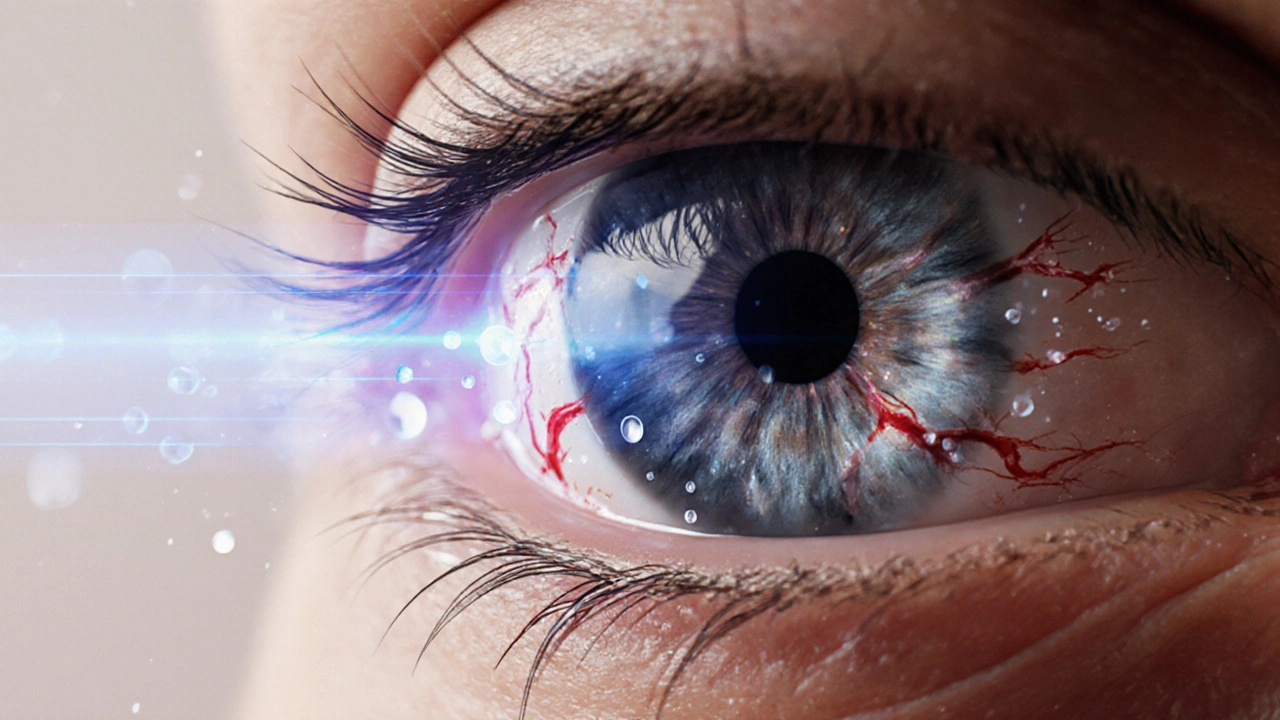
Practical Ways to Reduce Redness and Strain
Below is a quick‑reference table that compares the most popular mitigation tactics.
| Method | How It Works | Typical Cost | Ease of Use |
|---|---|---|---|
| 20‑20‑20 Rule | Every 20minutes, look at something 20feet away for 20seconds | Free | Very easy |
| Blue‑light filtering glasses | Lens coating blocks 30‑45% of blue light | £30‑£120 | Simple - wear them |
| Screen filter apps (e.g., f.lux, Night Shift) | Software reduces blue light emission after sunset | Free‑to‑£10 | One‑time setup |
| Artificial tears (preservative‑free) | Replenishes tear film, reduces friction | £5‑£15 per bottle | Apply as needed |
| Ergonomic workstation | Adjust monitor height, distance, and lighting | £50‑£300 (depends on gear) | Initial effort, long‑term benefit |
Here’s how to implement each strategy effectively:
- Adopt the 20‑20‑20 rule. Set a timer on your phone or use a desktop widget. The short break renews the tear film and relaxes focusing muscles.
- Upgrade your lighting. Position your screen to avoid glare from windows. Use a desk lamp with a warm colour temperature (around 3000K) to cut down on harsh blue wavelengths.
- Consider blue‑light blocking glasses. Look for lenses labelled “anti‑blue‑light” or “UV‑400”. They are especially useful for night‑time work when the body's melatonin is already low.
- Keep a bottle of preservative‑free artificial tears handy. Use one drop in each eye when you feel that gritty sensation; it restores moisture without risking irritation from preservatives.
- Adjust screen settings. Increase text size, boost contrast, and reduce brightness to match ambient light. Many devices have a “reading mode” that narrows the colour gamut.
When Redness Signals Something More Serious
If redness lasts longer than a day, is accompanied by severe pain, flashes of light, or sudden vision loss, it could indicate conditions such as uveitis, acute angle‑closure glaucoma, or an infection. In those cases, schedule an appointment with an ophthalmologist promptly.
Long‑Term Outlook: Protecting Your Vision for Years to Come
Consistently applying the habits above not only eases daily discomfort but also reduces the risk of developing chronic issues like dry eye disease or progressive myopia. Regular eye exams (once every two years for adults under 40) keep you ahead of any subtle changes.
Key Takeaways
- Screen time reduces blink rate, dries the ocular surface, and exposes you to blue light, all of which cause redness and strain.
- Follow the 20‑20‑20 rule, use proper lighting, and consider blue‑light glasses or software filters.
- Artificial tears and ergonomic adjustments provide quick relief and long‑term protection.
- Seek professional help if redness persists, hurts, or comes with vision changes.
- Regular eye check‑ups are essential for early detection of chronic conditions.
Frequently Asked Questions
How long can I stay on a screen before my eyes start to redden?
Most people notice dryness and mild redness after about 60-90 minutes of continuous viewing. The exact time varies with age, existing dry‑eye status, and screen brightness.
Do blue‑light glasses actually reduce eye strain?
Studies from 2023‑2024 show that blue‑light filters cut subjective eye‑strain scores by roughly 15% for night‑time users. They don’t fix dry eye directly, but the reduced glare can feel more comfortable.
Is the 20‑20‑20 rule enough for heavy gamers?
Gamers often play for hours without pauses, so supplement the 20‑20‑20 rule with larger breaks every 2hours-stand up, stretch, and sip water. Using a monitor with a high refresh rate (120Hz or more) also eases strain.
Can artificial tears be used every day?
Preservative‑free drops are safe for unlimited daily use because they don’t contain chemicals that can damage the ocular surface. Just avoid over‑use of drops that contain vasoconstrictors, as they may cause rebound redness.
When should I see an eye doctor for screen‑related redness?
If redness persists beyond 24hours, is painful, or is paired with blurred vision, halos, or light sensitivity, book an appointment. Those symptoms can signal inflammation beyond simple digital eye strain.
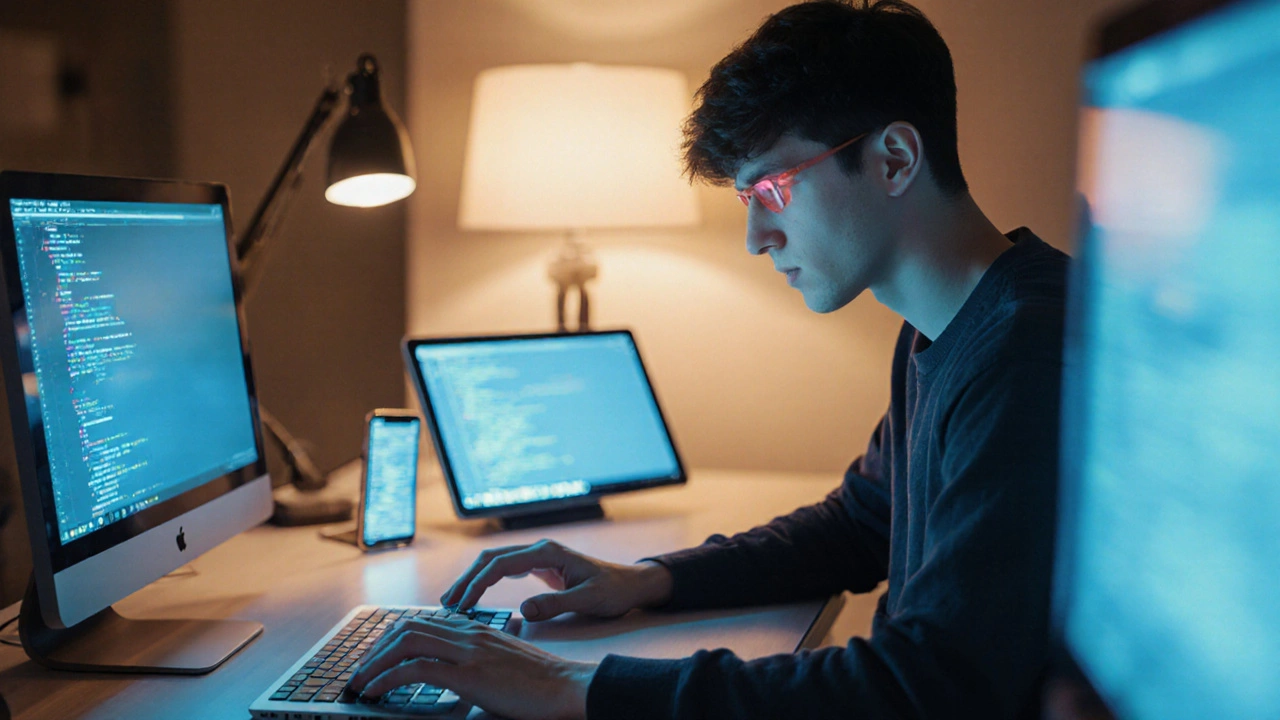

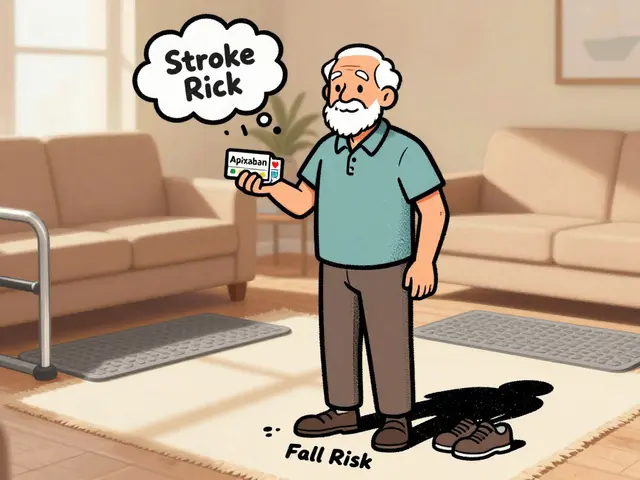
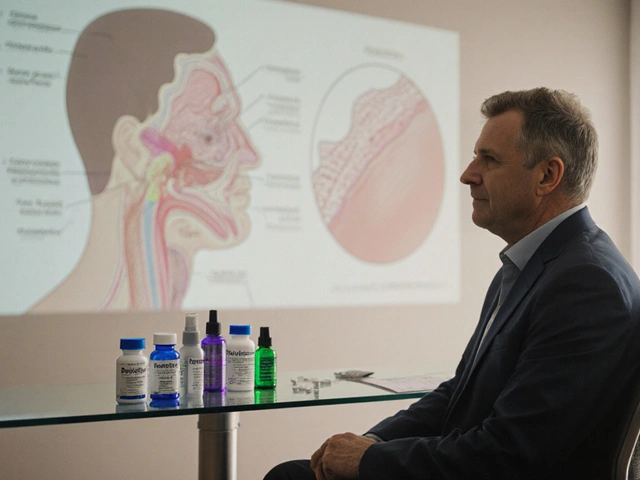

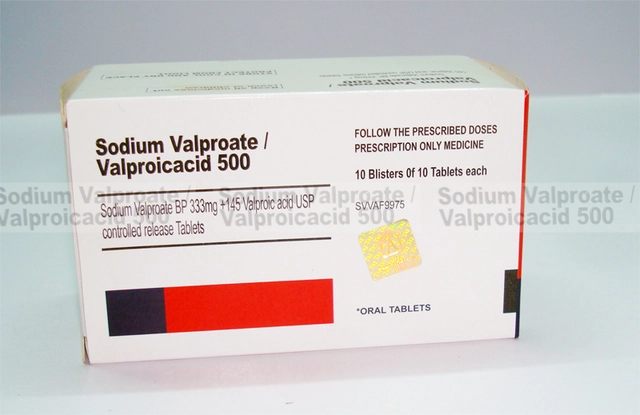
19 Comments
liza kemala dewi
October 2 2025It is worth acknowledging that the phenomenon of digital eye strain encapsulates a convergence of physiological, ergonomic, and technological variables, each of which exerts a measurable influence upon ocular health. The reduction in blink rate, as outlined in the article, is not merely a trivial statistic but a mechanistic pathway leading to tear film destabilization. Moreover, the spectral composition of contemporary displays, particularly their blue-light emission, interacts with retinal photoreceptors in a manner that can exacerbate retinal fatigue. While the 20‑20‑20 rule offers a pragmatic mitigation strategy, its efficacy is contingent upon consistent implementation and environmental lighting conditions. Consequently, a holistic approach that integrates regular breaks, proper screen positioning, and, where appropriate, blue‑light filtering lenses constitutes a robust framework for preserving visual comfort.
Jay Jonas
October 5 2025Yo, that 20‑20‑20 rule is like a lifesaver for my eyes!
Liam Warren
October 7 2025From a UX perspective, the latency of blinking integrates with the visual processing pipeline, causing a cascade effect that amplifies perceived strain; in practice, developers should consider incorporating subtle reminders or ambient lighting adjustments within the UI to nudge users toward healthier viewing patterns. Leveraging system APIs to adjust color temperature dynamically can also mitigate blue‑light exposure without sacrificing functionality.
Brian Koehler
October 9 2025Indeed, the ergonomics cannot be overstated-screen height, viewing distance, and ambient illumination collectively shape the ocular workload; by ensuring the top of the monitor aligns with the natural line of sight and maintaining a distance of roughly an arm’s length, one can substantially reduce accommodative stress. Additionally, employing a matte screen filter can curtail glare, thereby preserving the integrity of the tear film.
Dominique Lemieux
October 12 2025Let us, for a moment, interrogate the very premise upon which the entire discourse of "screen time" is constructed. We have been indoctrinated to believe that digital displays are an unmitigated assault on our ocular apparatus, yet the data suggests a more nuanced reality. First, the reduction in blink rate is undeniably real, but it is also a learned behavior that can be reversed through conscious practice. Second, the spectral composition of modern LED displays has improved markedly over the past decade, with many manufacturers now integrating low‑blue‑light modes as a default. Third, the psychological component-our anticipation of constant connectivity-creates a stress response that amplifies the perception of discomfort. Fourth, consider the role of individual variability: a myopic teenager with a high accommodative reserve will experience strain differently from a presbyopic adult. Fifth, the blanket recommendation of the 20‑20‑20 rule, while convenient, fails to account for tasks that demand sustained focus, such as coding or graphic design, where longer fixation periods are necessary. Sixth, we must also acknowledge the socioeconomic aspect; not everyone can afford premium blue‑light filtering glasses, yet many free software solutions exist that achieve comparable results. Seventh, the assertion that blue light alone causes retinal damage is, at present, not substantiated by robust peer‑reviewed evidence; the primary concern remains glare and contrast reduction. Eighth, the integration of artificial tears is a double‑edged sword-while they provide temporary relief, overreliance can mask underlying deficiencies in tear film production. Ninth, ergonomic interventions, such as adjustable standing desks, have been shown to reduce overall musculoskeletal strain, indirectly benefiting ocular comfort. Tenth, the notion of “digital eye strain” as a monolithic condition overlooks the spectrum of symptoms ranging from mild dryness to severe photophobia. Eleventh, regular eye examinations remain the gold standard for detecting pathologies that may masquerade as screen‑induced irritation. Twelfth, the role of ambient lighting-particularly the use of flicker‑free LED sources-cannot be understated in mitigating visual fatigue. Thirteenth, curriculum designers in educational settings should embed breaks into lesson plans, rather than relying on students to self‑regulate. Fourteenth, the rise of e‑ink technology offers an alternative display medium that mimics paper, substantially reducing blue‑light exposure. Finally, the discourse should shift from a fear‑based narrative to an empowerment model, encouraging informed choices rather than prescribing universal bans on screen usage. In sum, while vigilance is warranted, a balanced, evidence‑based approach serves us far better than alarmist rhetoric.
Laura MacEachern
October 14 2025Great recap! Keeping eyes comfy is totally doable.
BJ Anderson
October 16 2025I hear you, and I’d add that a quick blink‑exercise before a long session can make a world of difference.
Alexander Rodriguez
October 19 2025Use a cheap blue‑light app and you’re set.
Abhinav Sharma
October 21 2025Absolutely! 🌟 Setting a timer for the 20‑20‑20 rule not only protects your eyes but also gives your brain a micro‑reset, which can boost overall productivity. 🚀
Welcher Saltsman
October 23 2025just take a breather every couple hours, keep screen at right distance and you’re good.
april wang
October 26 2025When I first started noticing a persistent low‑grade redness after my evening coding marathons, I thought it was just part of the job, but the systematic approach suggested in the article prompted me to experiment with a few adjustments. First, I calibrated my monitor's color temperature to a warmer 3500 K after sunset, which noticeably reduced glare. Second, I placed a small desk lamp with a diffused shade to the side, eliminating harsh reflections. Third, I began the 20‑20‑20 routine, using a phone alarm that vibrates rather than an audible tone, so it doesn’t disrupt my flow. Fourth, I introduced preservative‑free artificial tears every two hours, which kept my tear film stable without causing rebound redness. Fifth, I re‑positioned my chair to maintain a 50‑cm distance from the screen, a suggestion backed by the ergonomics chart. Over the course of a week, my eye irritation subsided dramatically, and I even noticed a reduction in occasional headaches. The key takeaway is that incremental changes, when consistently applied, compound to produce substantial relief.
Rachelle Dodge
October 28 2025Blue light isn’t the monster some make it out to be.
Gaurav Joshi
October 30 2025Indeed, while the physiological mechanisms are well‑documented, the practical application of mitigation strategies must be tailored to individual work patterns and visual ergonomics for optimal outcomes.
Elaine Proffitt
November 1 2025regular eye exams catch issues early avoid pain later
Christopher Munt
November 4 2025Good tip on the artificial tears.
Mike Creighton
November 6 2025The drama of our digital age is that we willingly stare into glowing rectangles, neglecting the ancient wisdom that our eyes, like any muscle, demand rest and nourishment.
Desiree Young
November 8 2025Take breaks. Simple.
Vivek Koul
November 11 2025In accordance with the prevailing scholarly consensus, it is incumbent upon us to adopt a regimen of periodic ocular repose, judicious utilization of spectral filtration, and systematic ergonomic calibration to safeguard visual acuity in the milieu of pervasive screen exposure.
Frank Reed
November 13 2025Love how you broke everything down-super helpful for anyone trying to protect their eyes while still getting work done.